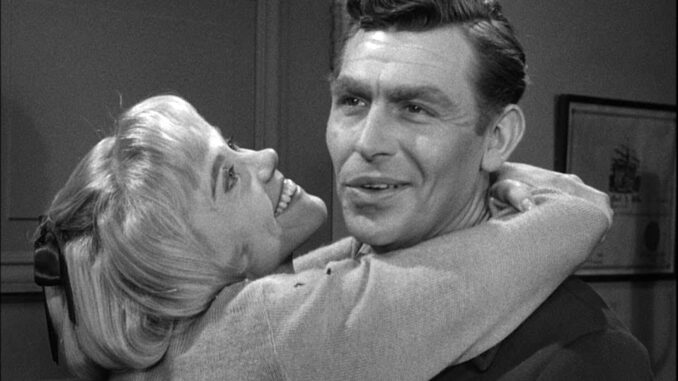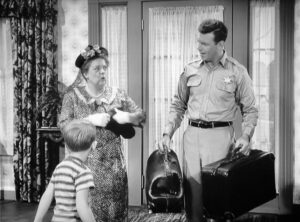
Frank Sinatra famously sang, “I want to be a part of it,” in “New York, New York.” However, Andy Griffith felt anything but welcome when he arrived in New York City in 1954 to perform on The Ed Sullivan Show.
“I could say I was completely terrified,” Griffith recalled in an interview with the Archive of American Television. “For a long time, I was terrified of it.”
He admitted that he had almost erased that first experience from his memory, recalling only two details: the blue mark he had to stand on and the guy backstage who pointed him toward it when it was time to go on. The most vivid memory, though, was painful: “I walked out, and I never got a laugh. Not one.”
Griffith’s struggles didn’t end with The Ed Sullivan Show. At this point in his career, he had made the bold decision to move to New York and had booked a regular gig performing twice a week at a nightclub. Unfortunately, those audiences were no more forgiving. “Doing those shows nearly crushed my spirit,” he reflected.
“I walked the streets of New York early in the morning, about 2 or 3 a.m., trying to figure out what happened,” Griffith recalled. “Because I was getting laughs down here [in North Carolina] and—poor Andy!”

The problem was all too relatable for performers: the nightclub audience was more interested in socializing than being entertained. The noise level before the show was overwhelming, making it impossible for Griffith to reach them. It wasn’t that his material wasn’t funny; it was that no one could hear his act.
This realization came a bit too late, after he had completed his shows, but he eventually found clarity. He stuck around after his final performance to watch Burl Ives. Ives faced the same indifferent crowd, yet he knew how to engage them, making eye contact with each audience member until he had their attention.
Griffith took notes and quickly moved on to his next gig at a movie theater in Miami, Florida. There, he performed between films and found that the same material that had bombed in New York actually “scored” with the audience. “I got my self-confidence back,” he said.
However, Miami’s respite was short-lived. After feeling rejuvenated, Griffith received a call that sent him back to New York for a pivotal opportunity. Friends Bob Armstrong and Ainslie Pryor encouraged him to read No Time for Sergeants, believing he would be perfect for a role in it. Griffith devoured the book on his way to and from Denver and felt an immediate connection, telling his agent, “If there was anything ever for me, this is it.”
This led to an episode of The United States Steel Hour, where Griffith not only starred in the adaptation of his dreams—eventually shaping the character for Gomer Pyle, U.S.M.C.—but also met Don Knotts. This introduction sparked the creation of the unique comedic formula behind The Andy Griffith Show.
Ron Howard later confirmed that no one could make Andy laugh like Don. It’s clear that the winding path to Mayberry was full of ups and downs, but if Griffith hadn’t faced failure in New York, he might not have gained the confidence to shine in Miami, ultimately leading him to seek out a television role designed just for him. At the time, Griffith didn’t even own a TV and only caught shows occasionally at Pryor’s house. “I thought it was funny,” he said of his early TV experiences, “but I never imagined myself being on television.”
